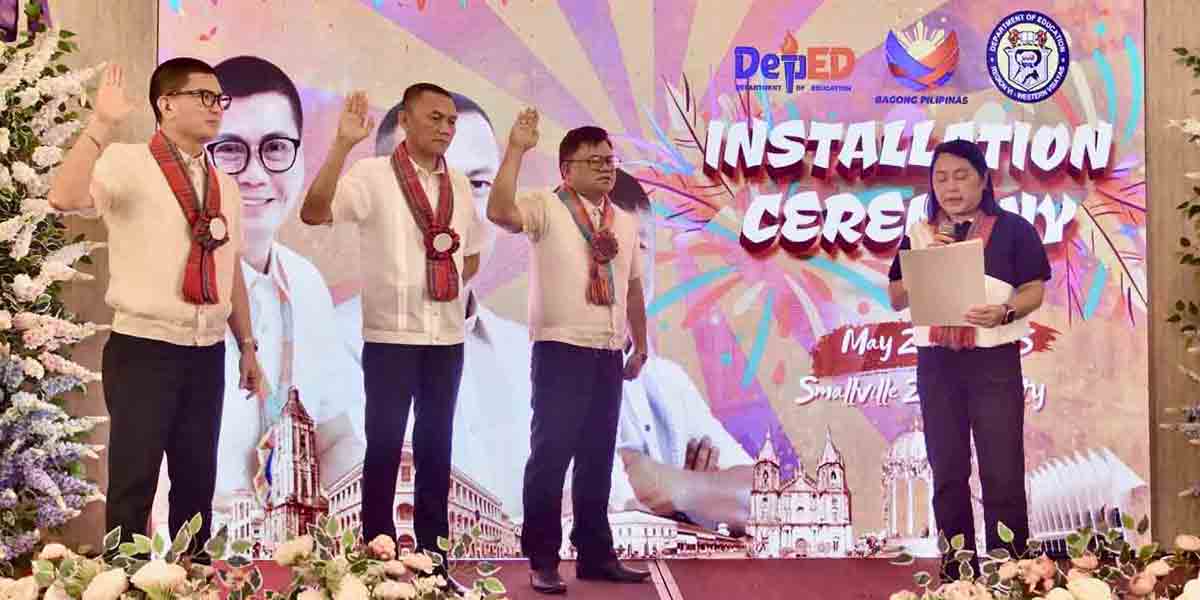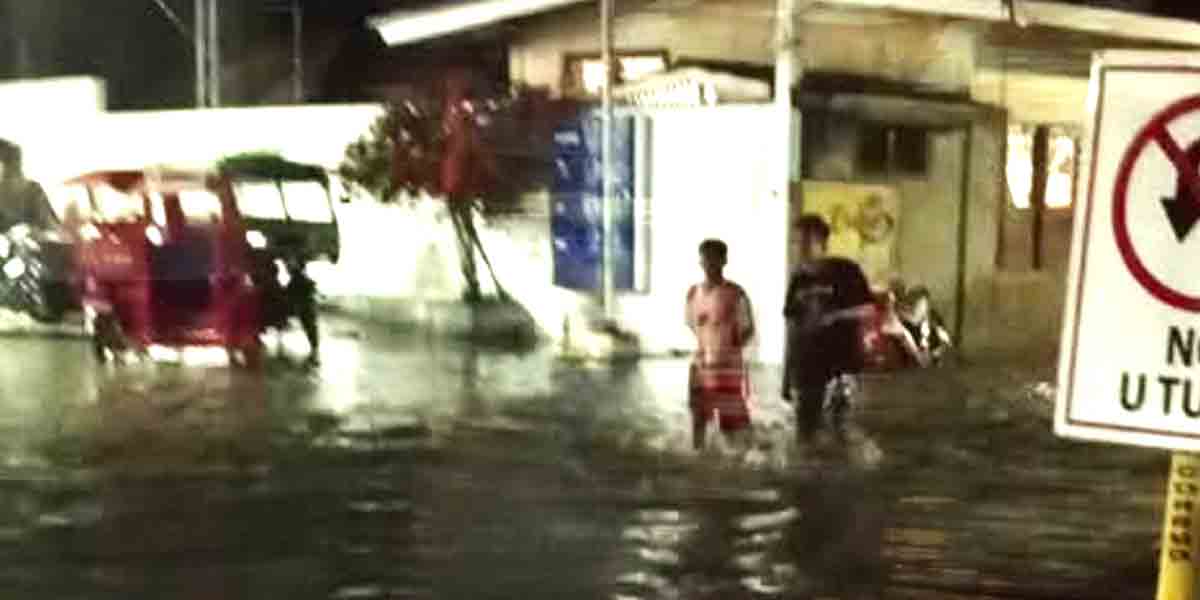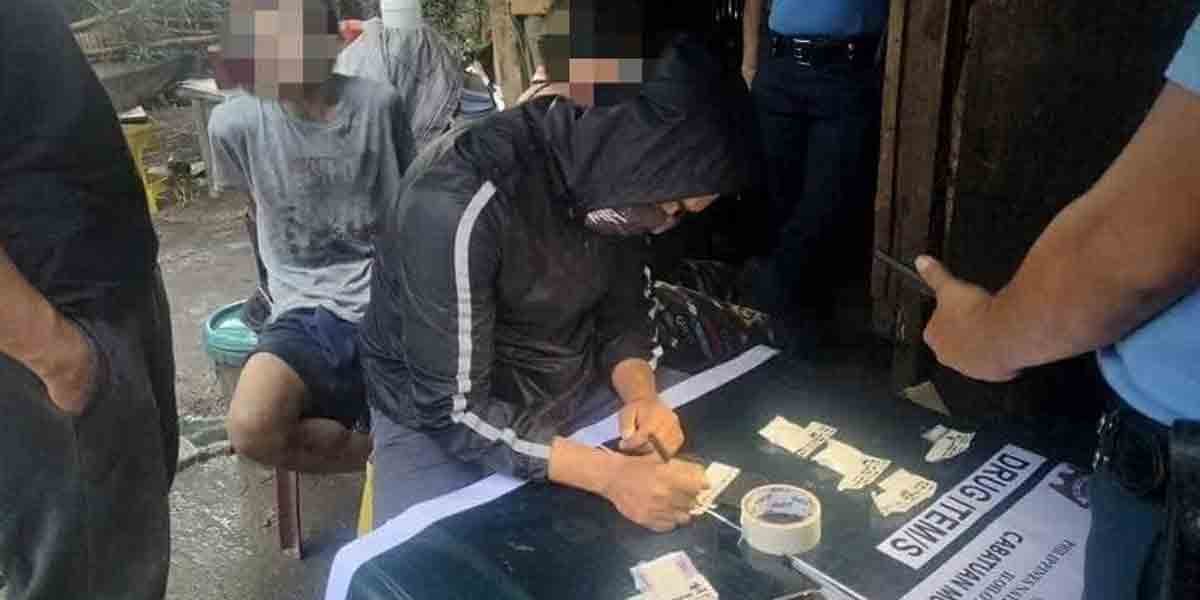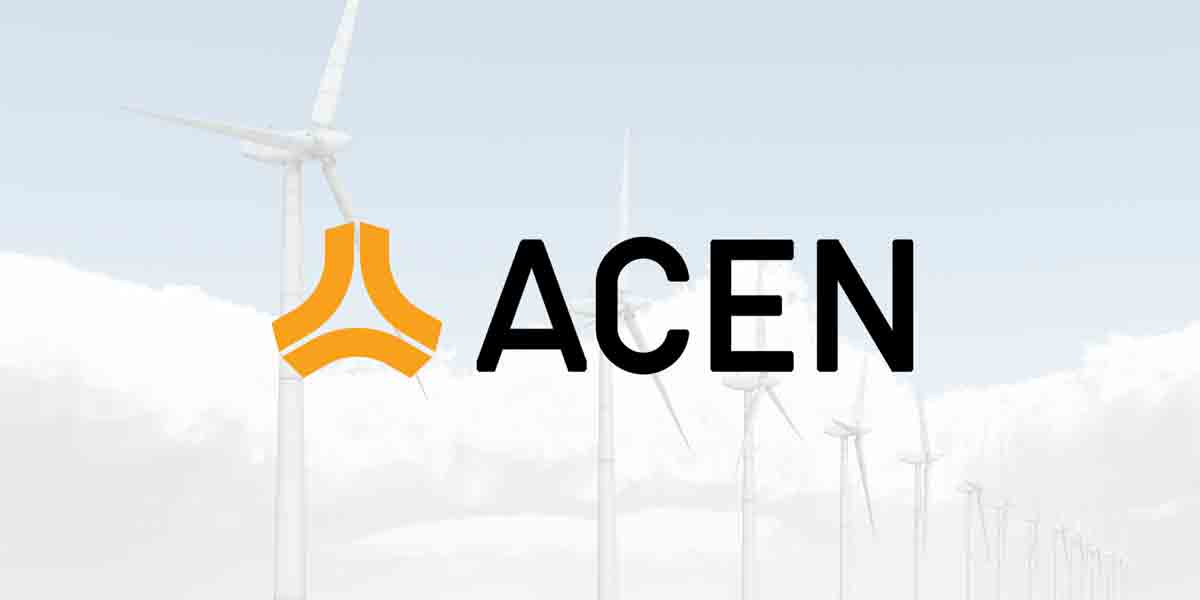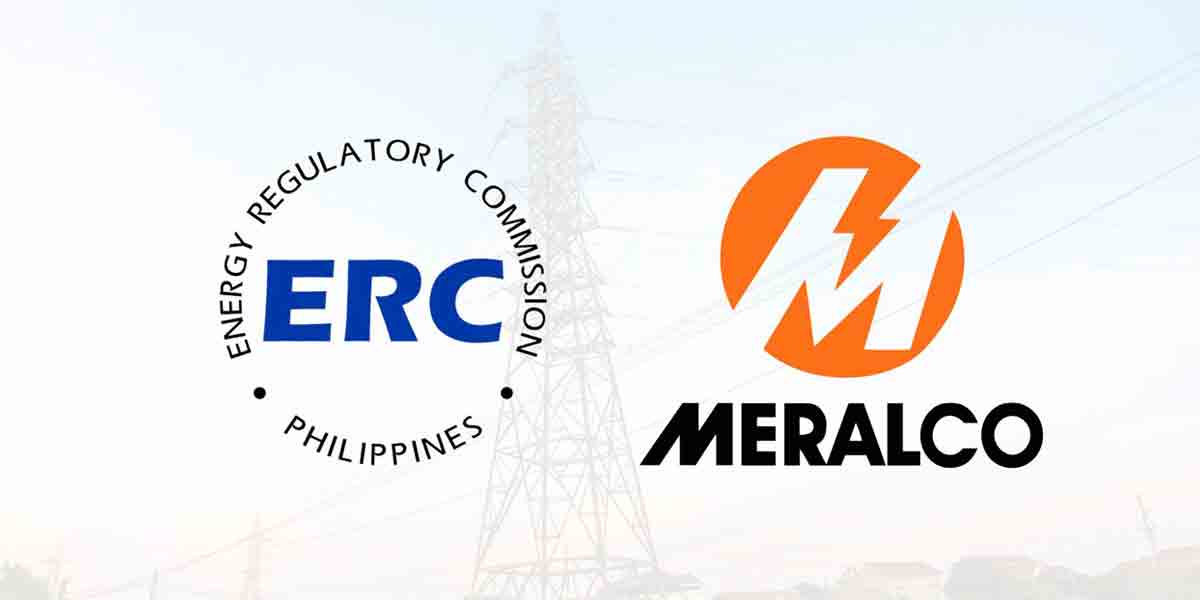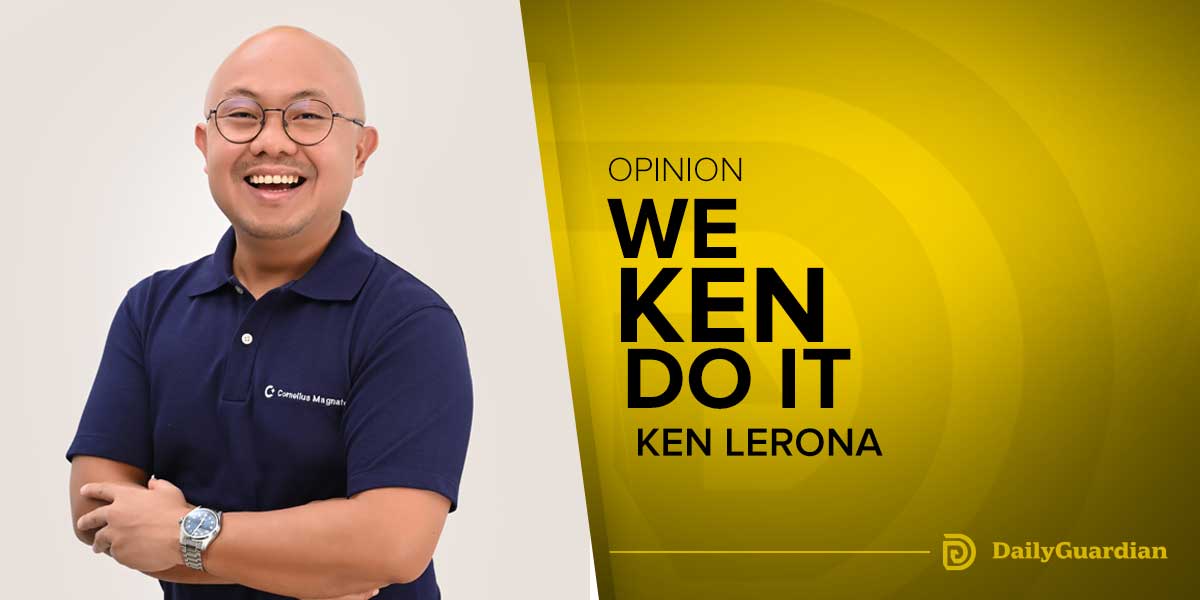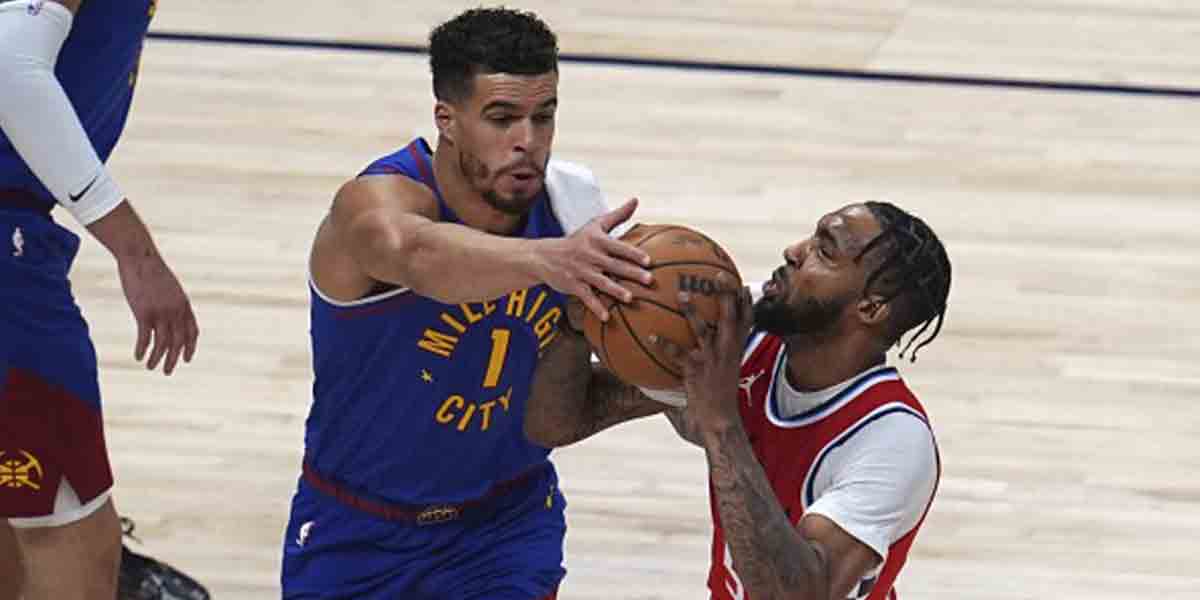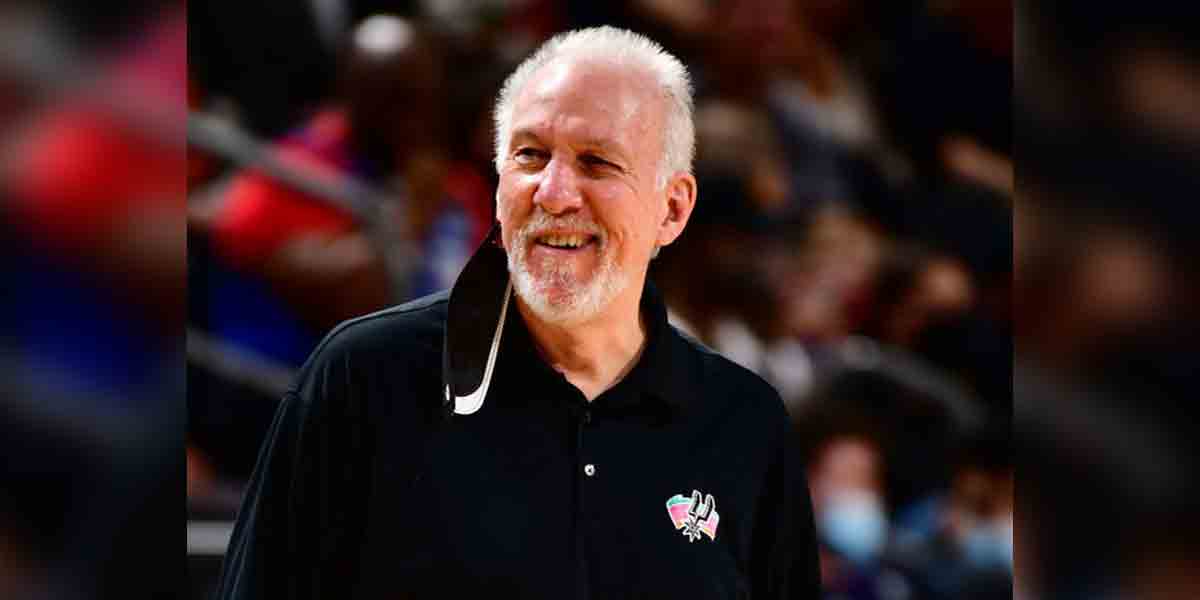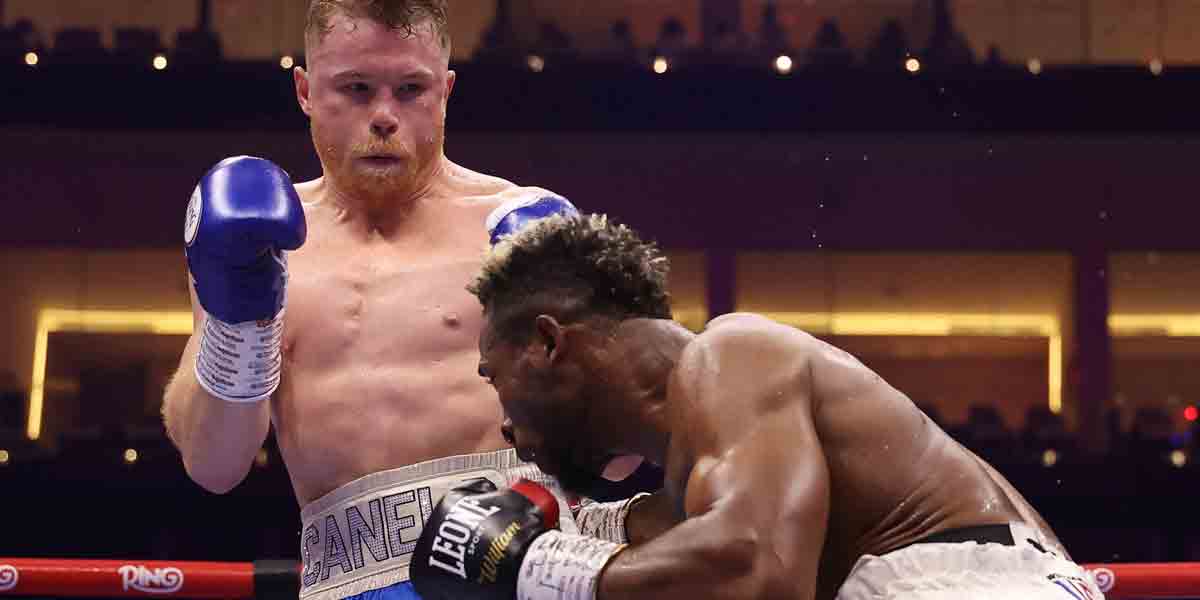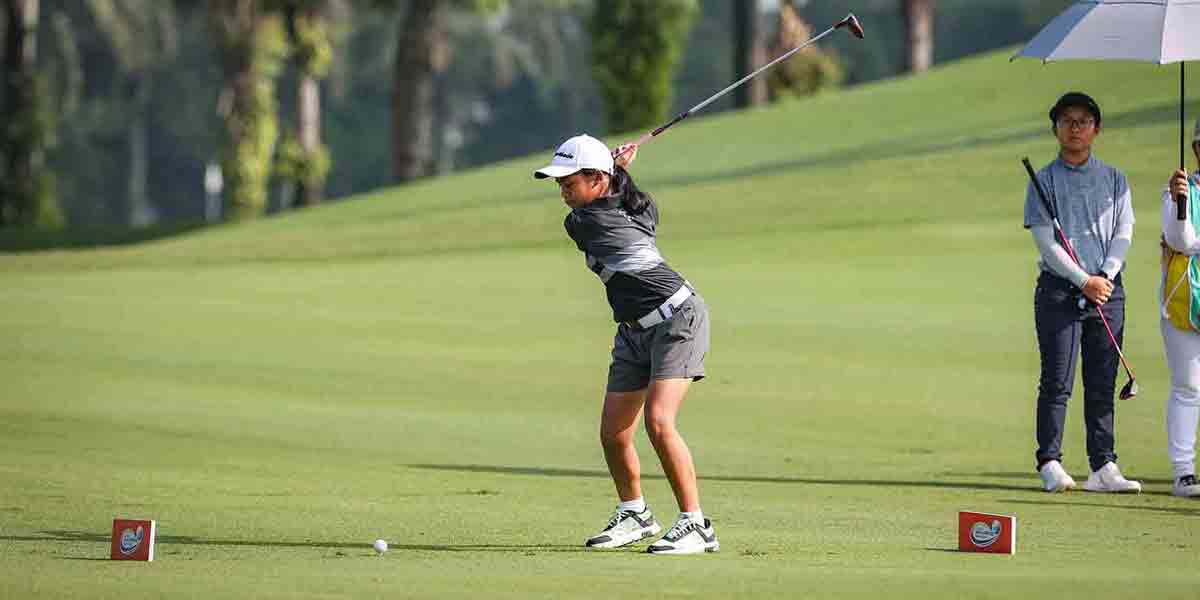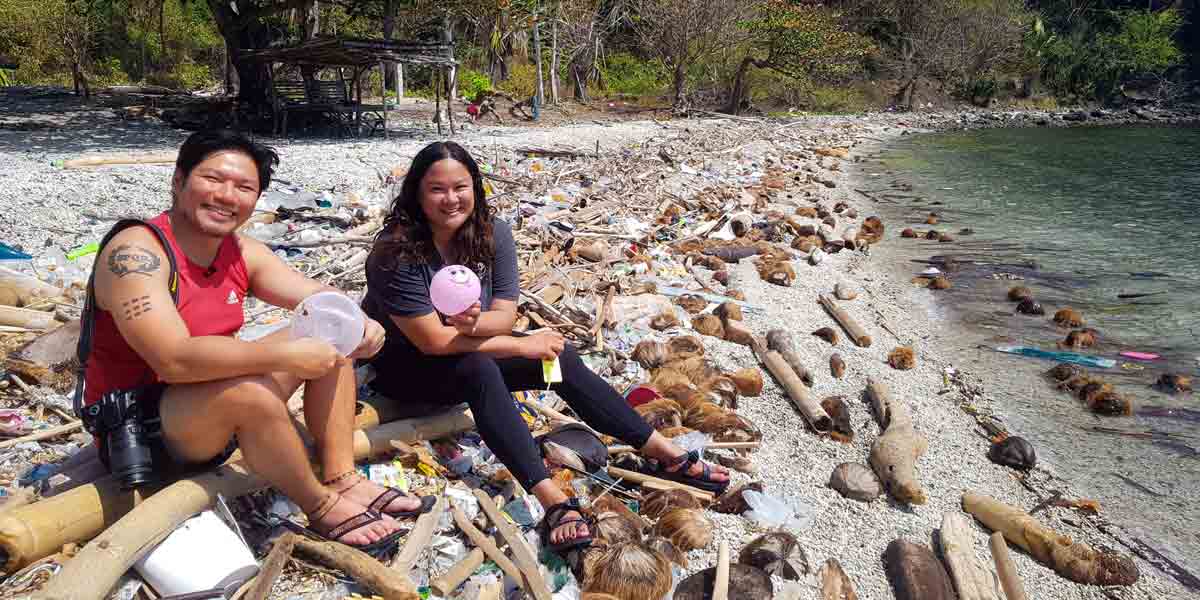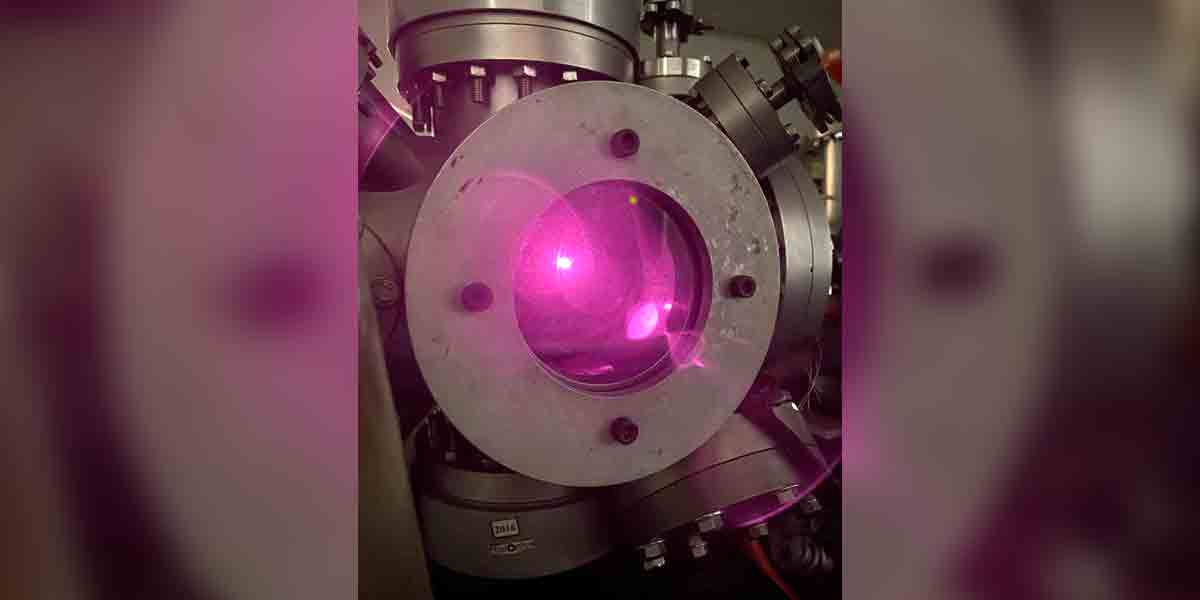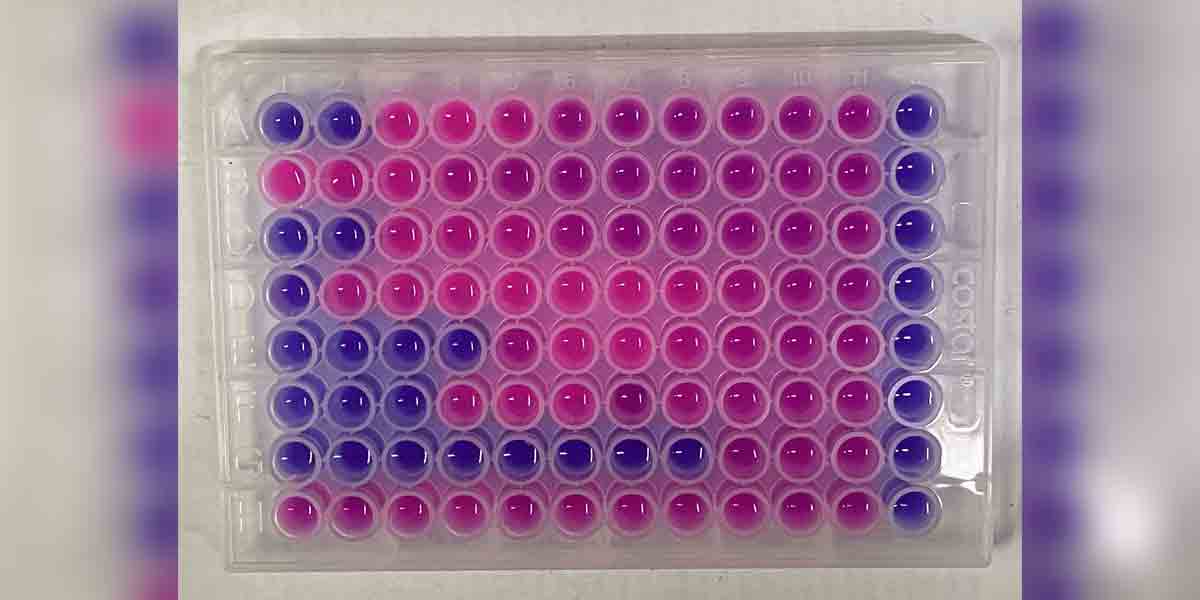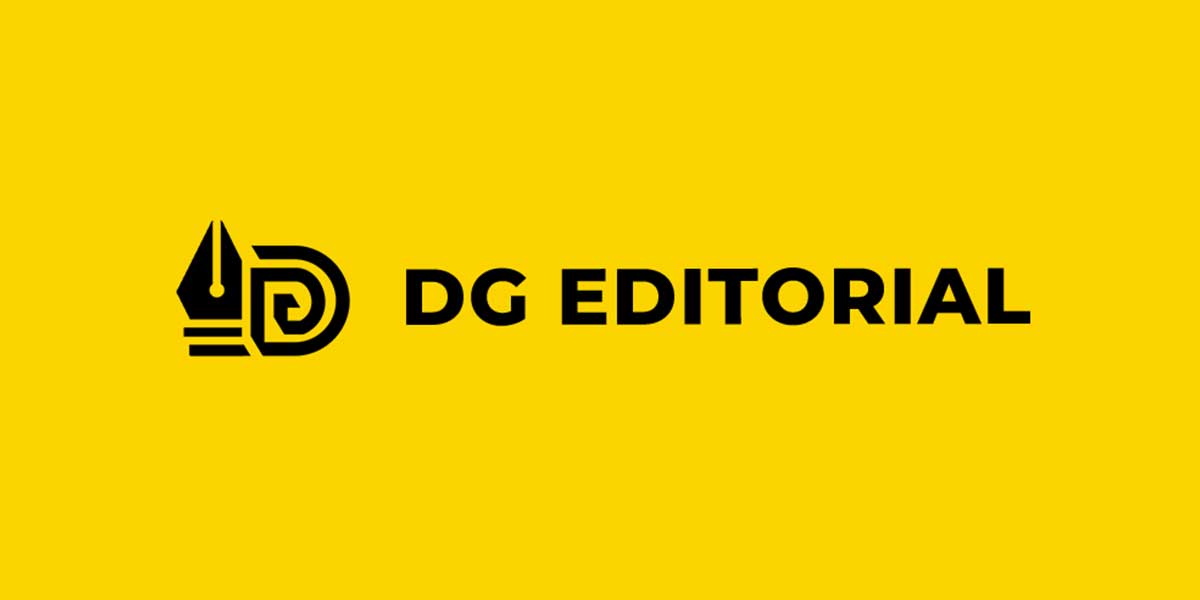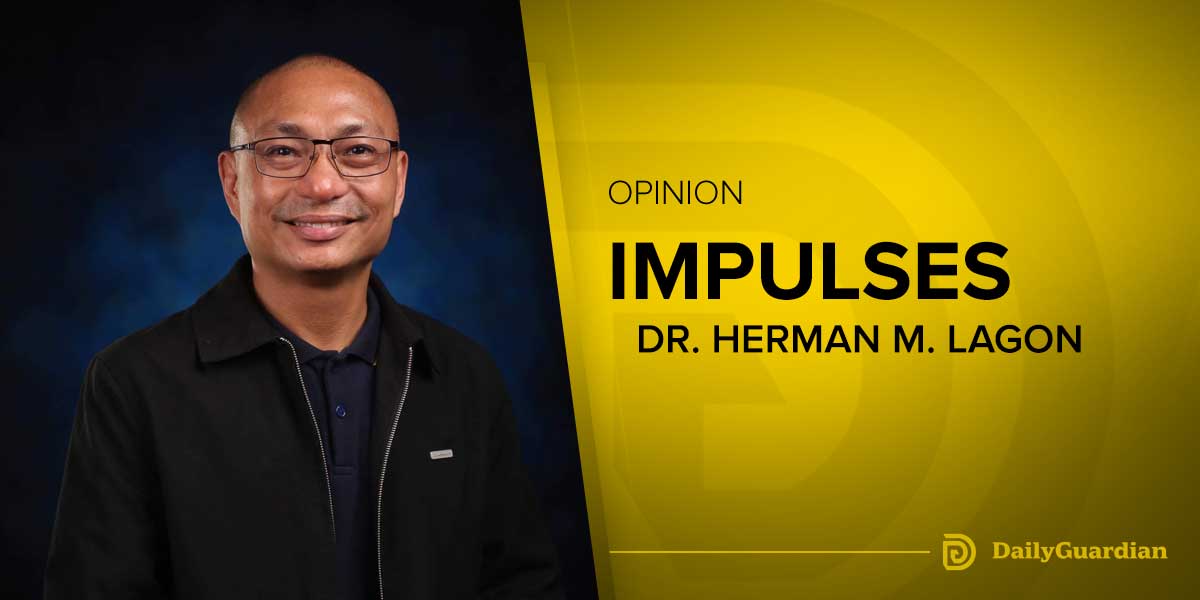By Roger B. Rueda, PhD
Scrolling through Facebook, I came across a post by Alex Delos Santos, and it stopped me in my tracks. Delos Santos, a scholar and writer who has long championed Kinaray-a as a distinct language, wrote with deep frustration about his experience at the UPV Museum of Art and Cultural Heritage (MACH).
The issue? A recently curated exhibit titled “Hiligaynon Art,” which, according to its curatorial statement by Martin Genodepa, conveniently erases the Karay-a identity by framing all art from Panay, Guimaras, and Negros Occidental as “Hiligaynon.”
Delos Santos has been fighting this battle for decades. In his 2003 book, The Rise of Kinaray-a, he exposed the cultural and linguistic hegemony of Hiligaynon and asserted Kinaray-a as a language in its own right—not a dialect, not a mere variant of Hiligaynon, but a distinct linguistic and cultural force.
And yet, 21 years later, he walks into a museum and finds that nothing has changed.
The Politics of Naming: How a Culture Gets Erased
The exhibit’s curatorial statement makes a clever move. It states:
“Hiligaynon, first and foremost, refers to the people residing in Panay, Guimaras, and Negros Occidental.”
A seemingly harmless definition—until you realize it quietly erases the Karay-a people. By defining Hiligaynon as both a language and an identity, it absorbs all other cultural groups, conveniently leaving no space for Kinaray-a to exist.
The exhibit continues:
“The Hiligaynon language is generally understood because it evolves from and continues to be enriched by a confluence of terms and phrases from languages and dialects from all parts of Panay, Guimaras, and Negros Occidental.”
Another linguistic sleight of hand—this time suggesting that Hiligaynon “absorbs” other languages rather than acknowledging them as separate. Under this logic, Kinaray-a is merely a contributor, never its own entity.
And then comes the final blow:
“As with language, so is with the art. HILIGAYNON ART – THE ART DONE BY HILIGAYNON PEOPLE….”
With one phrase, all art produced in the region is branded as “Hiligaynon Art.” If you are a Karay-a artist from Antique, congratulations, your identity has been overwritten.
- Elizalde Navarro: A National Artist Magically Becomes Hiligaynon
One of the most glaring examples of this erasure is National Artist J. Elizalde Navarro.
Navarro was born in Antique. Antiqueños are Karay-a. Therefore, J. Elizalde Navarro is Karay-a.
And yet, according to this exhibit, Navarro is now Hiligaynon.
This is cultural hegemony in action—not through outright denial but through strategic absorption. It does not erase Karay-a identity by attacking it head-on; instead, it swallows it whole, rendering it invisible.
Cultural Power and Systematic Erasure
This is not an innocent mistake. This is a political act.
By calling all Panay art “Hiligaynon Art,” the exhibit reinforces the idea that Hiligaynon is the dominant, official, and only cultural identity that matters. It sends a message to Karay-a artists that their identity is not worth recognizing, that their work must be filed under a name that is not theirs.
Delos Santos calls out this exhibit for what it is: an insult to Antiqueño and Karay-a artists. He does not deny the importance of Hiligaynon culture, but he demands that curators, scholars, and cultural institutions practice intellectual honesty.
If a museum is to represent all of Western Visayas, then it must acknowledge all identities within it. If it wants to speak for Panay’s artistic heritage, then it must recognize Karay-a artists as Karay-a—not as unwilling extensions of Hiligaynon culture.
The Call to Action: Say Our Name, Or Stop Speaking for Us
Among the works displayed at the exhibit are those of Brian Liao, Edsel Moscoso, Alex Moscoso, and Donato Sermeno—all Karay-a artists. Their works are Karay-a art.
And yet, in this exhibit, they have been presented as Hiligaynon.
This is not just a curatorial oversight. This is a theft of identity.
Delos Santos has spent his career fighting to elevate Kinaray-a literature and culture. And so, he challenges UPV MACH: Say our name. Recognize us.
If the institution truly aims to represent the region, then it must be honest about who contributes to its art and culture. If it continues to erase Karay-a identity under the broad label of “Hiligaynon,” then it is not a museum—it is an accomplice in cultural hegemony.

